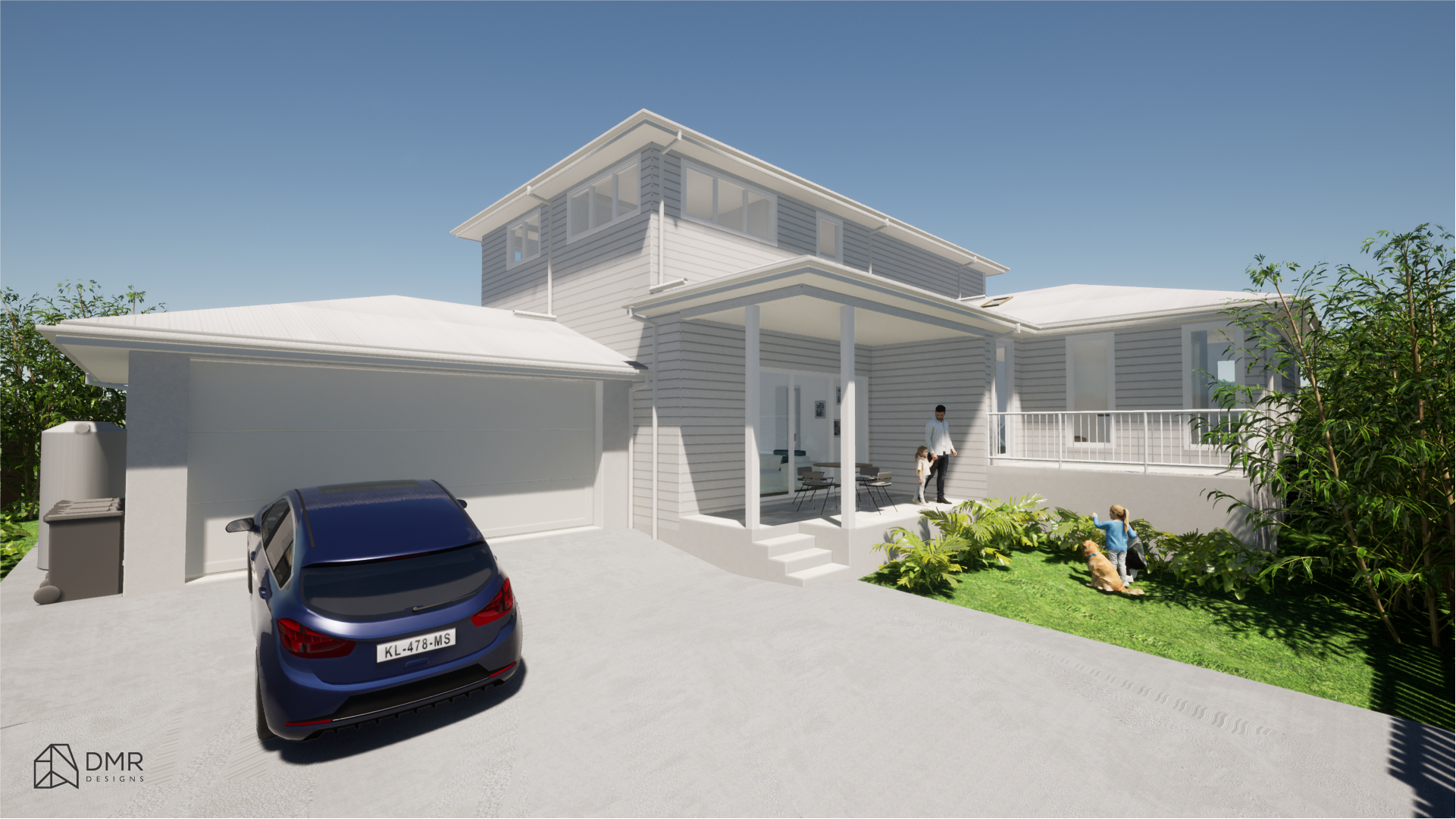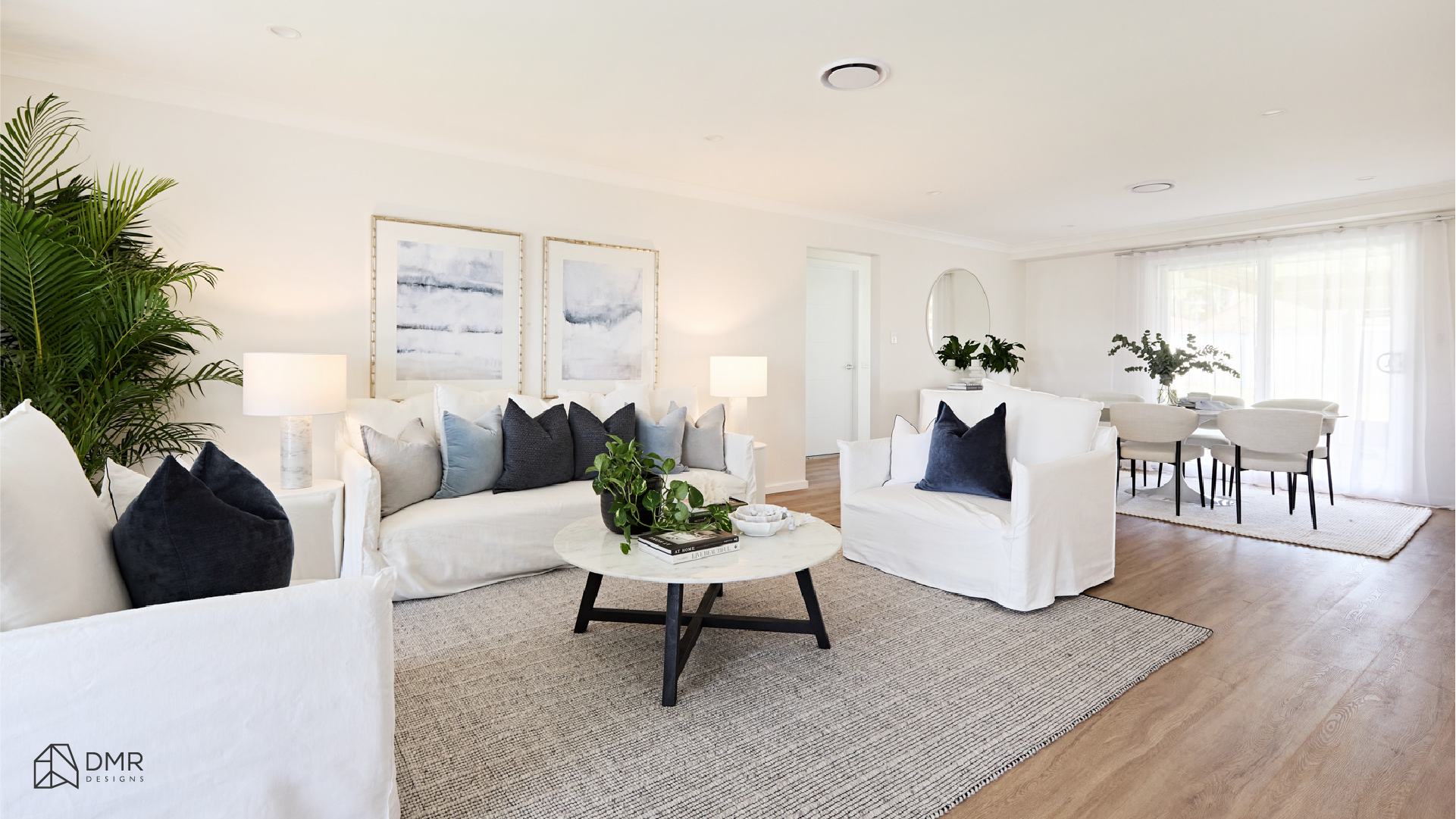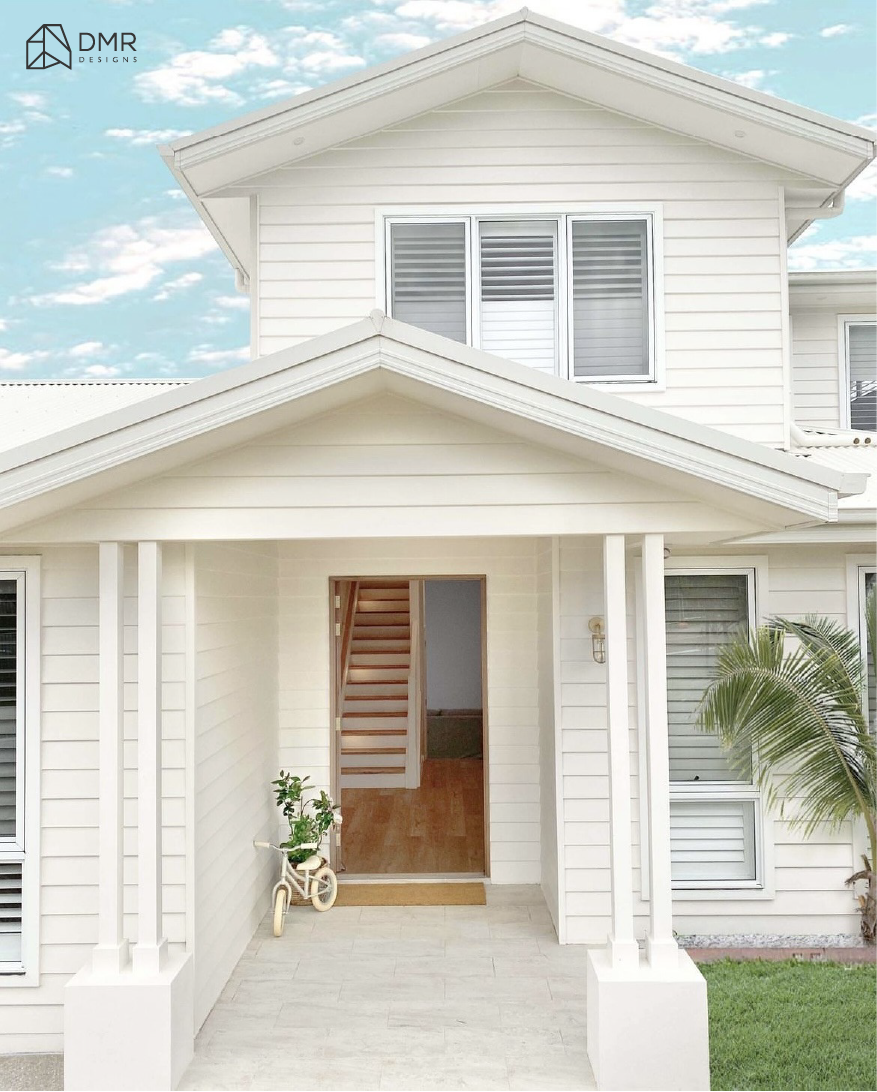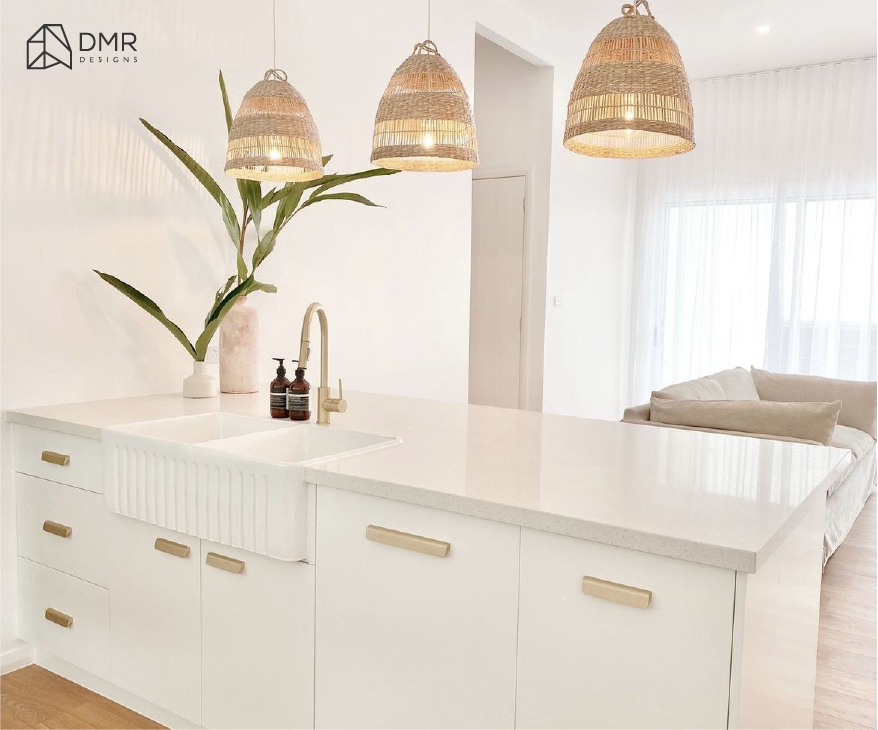Our homes are more than just places to live—they’re where life happens. From raising kids to looking after ageing loved ones or simply planning ahead for your own comfort, your home should be able to support you at every stage. That’s where accessible design comes in.
Accessible homes aren’t just about ramps or rails—they’re about thoughtful choices that make daily life easier, safer, and more enjoyable for everyone who walks through the door. Whether you’re building new or updating your current space, accessible design is a smart, inclusive approach to modern living.
Why Accessible Design Matters
Accessibility in the home goes far beyond catering to visible disabilities. It’s about creating spaces that remove unnecessary hurdles—whether physical or practical—and support greater independence, comfort, and safety.
Consider a parent pushing a pram through a narrow hallway, or someone recovering from a knee injury struggling with stairs. Even something as simple as good lighting can make a world of difference. These everyday scenarios are exactly why accessible design benefits everyone—not just those with mobility challenges.
Many people today are also choosing to stay in their homes for longer, or share living spaces with ageing parents or extended family. With that in mind, designing a home that can grow and adapt over time is not just practical—it’s forward-thinking.
Key Principles of Accessible Home Design
Universal Design
This means creating spaces that everyone can use comfortably, right from the start. Wider doorways, level entries, and lever-style door handles are just a few examples that improve access without making the space feel clinical or institutional.
Flexible Layouts
A good home adapts to change. A ground-floor study might serve as a guest room today and a main bedroom down the track. Features like open-plan living, wider hallways, and sliding doors allow for more versatility and ease of movement throughout the home.
Ease of Movement
Homes that are easy to navigate offer safety and comfort. This means fewer steps, minimal changes in floor height, generous circulation space, and thoughtful lighting. Whether it's toddlers learning to walk or older adults needing stability, the benefits are shared.
Safety and Smart Technology
Simple details—like non-slip flooring, grab rails in bathrooms, and rocker switches placed at accessible heights—enhance daily safety. More homes are also incorporating smart technology, such as voice-activated lighting, keyless entry, and home monitoring systems, which boost convenience and peace of mind for all residents.
Practical Strategies to Build In
Step-Free Entry
Having at least one entrance at ground level—free of steps—makes access easier for everyone, from delivery drivers to guests and residents.
Future-Proofed Bathrooms
Walk-in showers, wall-mounted vanities, non-slip tiles, and well-placed grab bars are easy to incorporate and can dramatically improve safety and comfort.
User-Friendly Kitchens
Opt for pull-out drawers instead of deep cupboards, lowered benches, and appliances positioned to reduce bending or reaching. These small adjustments make a big impact on usability for all ages.
Smart Lighting and Automation
Motion-sensor lights in corridors, voice-controlled systems, or even automated blinds can enhance both functionality and energy efficiency—while still keeping things stylish.
Thinking Ahead
Homes that are built or renovated with accessibility in mind tend to hold their value better, too. As demand grows for more inclusive, future-ready housing, buyers and renters alike are recognising the appeal of thoughtful, accessible design.
But beyond practicality and resale value, there’s something deeper at play here: accessible design supports dignity, comfort, and inclusion. It’s about creating spaces that don’t exclude anyone—whether they’re young, ageing, injured, or simply navigating life’s changes.
Final Thoughts
Accessible homes aren’t just for ‘later in life’—they’re for right now. They support growing families, make everyday tasks easier, and allow you to stay in your home longer, comfortably and safely.
Whether you’re renovating, building new, or just starting to explore your options, accessible design is an investment in the kind of life you want to live—now and into the future.






